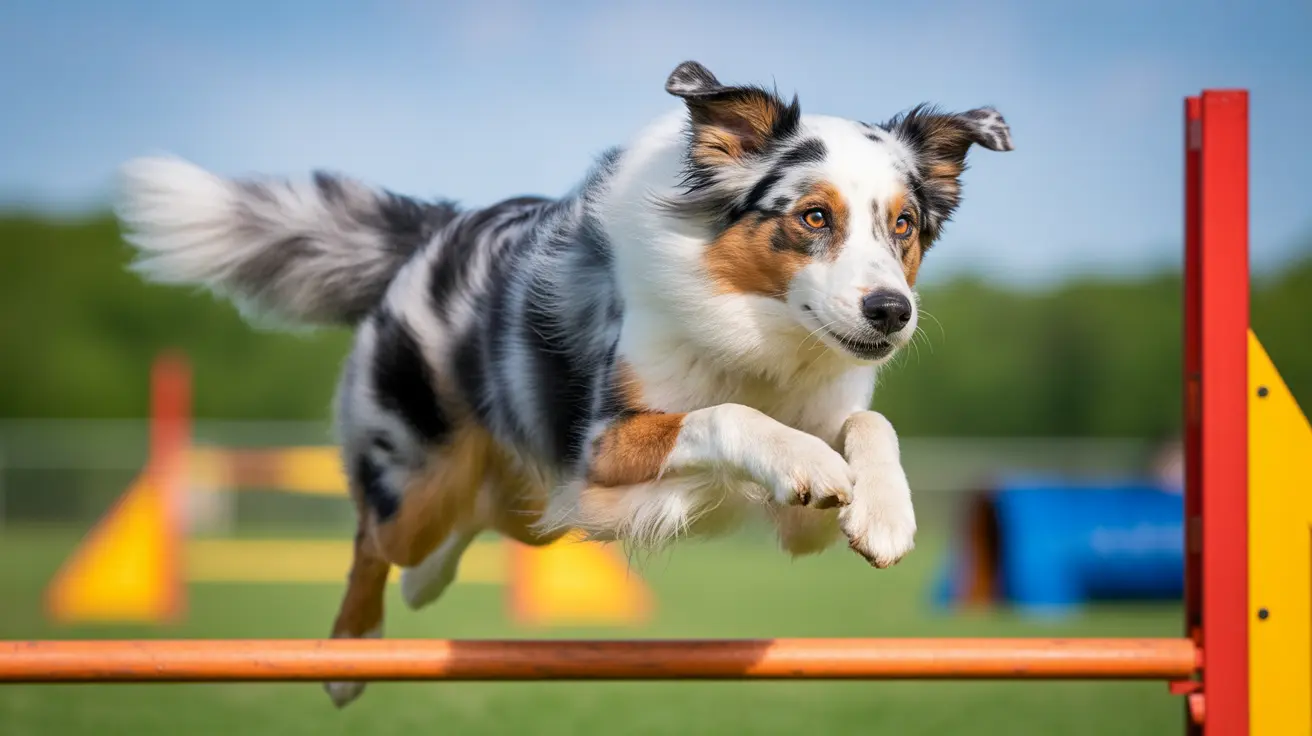Understanding the Cons of Owning a Mastiff
While Mastiffs offer loyalty, protection, and affection, potential owners must be aware of the substantial responsibilities and challenges associated with this giant breed. The Spanish Mastiff, one of the most ancient Mastiff types, epitomizes many of the pros and cons typical of the breed. Below is an in-depth look at the drawbacks of owning a Mastiff to help you make an informed decision.
1. Enormous Size
- Space Requirements: Spanish Mastiffs weigh between 140 and 220 pounds and stand up to 35 inches tall. They need significant living space and are unsuitable for apartment life.
- Household Impact: Their sheer size can unintentionally cause harm, especially to small children or delicate items in the home, and requires strong, confident handling.
2. Not Beginner-Friendly
- Stubbornness and Independence: These dogs are highly intelligent yet independent, requiring consistent and confident leadership to ensure obedience and reliability.
- Training Demands: They need extensive early socialization and firm but positive reinforcement-based training, which can overwhelm inexperienced dog owners.
3. Health Issues
As a giant breed, Spanish Mastiffs are prone to a range of serious health conditions:
- Hip and elbow dysplasia: These are common and can lead to pain, reduced mobility, or even require surgery.
- Bloat (gastric dilatation-volvulus): A life-threatening emergency that requires preventive strategies and sometimes surgical intervention.
- Dilated cardiomyopathy, hypothyroidism, and cancer: These may impact their lifespan and quality of life.
4. High Maintenance Care
- Grooming: Weekly grooming is necessary, increasing to several times weekly during shedding seasons, especially spring and fall.
- Hygiene Needs: Their loose skin and folds around the neck must be cleaned regularly to prevent infections.
- Dental and Ear Care: Prone to dental disease and ear infections, they also require routine nail trimming.
5. Feeding and Exercise Requirements
- Diet Costs: Feeding such a large dog is expensive; they need a specialized diet to prevent obesity and support joint health.
- Exercise: They require about one hour of physical activity per day, preferably in a yard with ample, secure space. They do not thrive in sedentary or confined environments.
6. Behavior Concerns
- Protective Instincts: While great guard dogs, Mastiffs may become overprotective or aggressive toward strangers if not properly socialized and guided.
- Dominance: Without a confident owner, they may display dominant behavior toward other dogs or humans.
7. Shorter Lifespan
Like most giant breeds, the Spanish Mastiff has a relatively short lifespan—typically 9 to 12 years. This shorter time frame may be emotionally difficult for families who form close bonds with their pets.
8. Unsuitability for Urban Life
- Noise Concerns: Their booming bark designed to ward off intruders can be problematic in densely populated areas.
- Environmental Needs: These dogs are best suited for rural settings where they can roam and explore safely.
Conclusion
Though deeply loyal and affectionate, the Spanish Mastiff is best suited to experienced dog owners who can meet their physical, emotional, and health-related needs. Prospective owners must assess their ability to provide the space, leadership, care, and financial commitment this breed demands. With dedication and expertise, however, owning a Mastiff can be a rewarding partnership built on mutual respect and protection.





